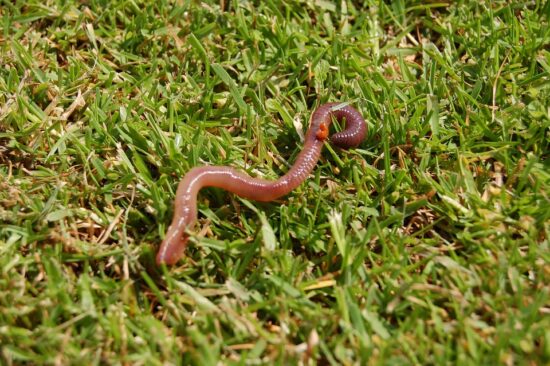Deciphering Potential Roles of Earthworms in Mitigation of Antibiotic Resistance in the Soils from Diverse Ecosystems
understanding of the earthworm gut microbiome and its interaction with the antibiotic resistome is still lacking. Here, we characterized the earthworm gut and soil microbiome and antibiotic resistome in natural and agricultural ecosystems at a national scale, and microcosm studies and field experiments were also employed to test the potential role of earthworms in dynamics of soil ARGs. The diversity and structure of bacterial communities were different between the earthworm gut and soil. A significant correlation between bacterial community dissimilarity and spatial distance between sites was identified in the earthworm gut. The earthworm gut consistently had lower ARGs than the surrounding soil. A significant reduction in the relative abundance of mobile genetic elements and dominant bacterial phylotypes that are the likely hosts of ARGs was observed in the earthworm gut compared to the surrounding soil, which might contribute to the decrease of ARGs in the earthworm gut. The microcosm studies and field experiments further confirmed that the presence of earthworms significantly reduced the number and abundance of ARGs in soils. Our study implies that earthworm-based bioremediation may be a method to reduce risks associated with the presence of ARGs in soils.
AMR NEWS
Your Biweekly Source for Global AMR Insights!
Stay informed with the essential newsletter that brings together all the latest One Health news on antimicrobial resistance. Delivered straight to your inbox every two weeks, AMR NEWS provides a curated selection of international insights, key publications, and the latest updates in the fight against AMR.
Don’t miss out on staying ahead in the global AMR movement—subscribe now!







